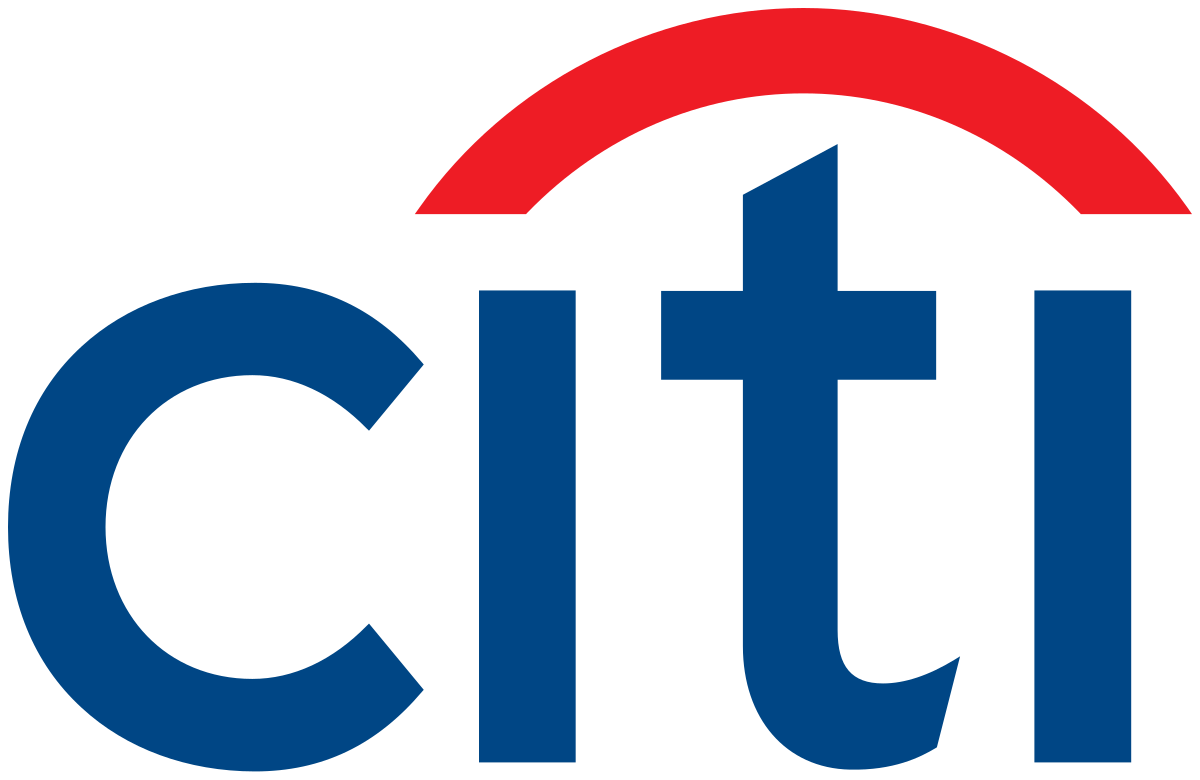As an early adopter of ETFs, Italy is finally starting to make some headway in Europe, with many ETF issuers starting to take note of the market with a strong track record for retail investors.
The ETF wrapper will celebrate its 20th anniversary in the Italian market this September and finally looks to be coming of age. Asset managers from across the globe are now looking to the market as one of Europe’s brightest growth opportunities, and it is easy to see why.
According to Franklin Templeton, ETF assets under management (AUM) in Italy reached €105.4bn in June, with the market recording €3.8bn inflows so far this year, having gathered assets of €9bn for the whole of 2021.
While still flagging the likes of Germany and the UK, ETF issuers have been quick to spot the trajectory, increasing their boots on the ground and expanding their sales team in a bid to get closer to retail investors in the market.
In February, Franklin Templeton appointed Silvia Anselmi as an ETF sales specialist to grow the firm’s LibertyShares platform in Italy specifically among retail investors while fixed income ETF specialist Tabula also expanded its sales team in Italy, hiring Silvia Della Foglia from Citi in April.
Meanwhile, online brokers such as Moneyfarm and more recently Scalable Capital have been making headway as they see a chance to disrupt a market boasting some of the highest costs for access to investment products in Europe.
Ripe for disruption
According to a retail performance and cost report published by the European Securities and Markets Authority (ESMA) in April, Italy has the highest management fees for equity products in Europe at almost 2%. Of this, 70% is lost to the distribution network and not to improving research of the mutual fund’s investment strategy.
For this reason, Alessandro Saldutti, country manager for Italy at Scalable Capital, said investors are increasingly starting to realise the benefits of low-cost ETFs.
“On average, government bond funds yield around 1.4%. If a mutual fund charges 1.8%, the maths does not fit,” Saldutti continued. “Two factors mean ETFs will rise; increasing financial education around low costs and investment platforms giving access to the ETFs.”
Andrea Rocchetti, global head of the advisory team at Moneyfarm, which invests exclusively in ETFs, agreed the product’s low cost has helped it make headway in recent years, adding that improvement in its structure and developments such as MiFID II have helped.
“The inefficiencies that were there when ETFs were first launched such as wide bid-ask spreads and low liquidity, are not there anymore,” he continued. “MiFID II is also starting to play a role in making retail investors more aware of the importance of costs.”
Silvia Bosoni, head of group ETFs at Euronext, said ETF issuers have been establishing more partnerships with online brokers with Borsa Italiana increasingly playing a facilitating role between them.
“ETF issuers have been increasingly establishing partnerships with online brokers, and while this has always happened in the past, this year the ETF team in Borsa Italiana has been introducing ETP issuers, particularly those that provide instruments suitable for retail investors, to the online brokers,” she said.
In some cases, ETF issuers and online brokers will offer trading discounts over a certain period in a bid to boost clients. For example, Franklin Templeton’s newly formed partnership with trading platform Directa will see trading fees waived for transactions over €1000.
Another area of the market which is helping to drive ETF take-up is the growth of independent financial advisers (IFAs). According to Franklin Templeton, there are now 60 independent advisory companies and more than 400 IFAs.
Caroline Baron, head of ETF business development EMEA at Franklin Templeton, said: “IFAs have been growing the ETF market in Italy because they like the low costs which means they can charge a fee on top.”
Room for growth
Highlighting the sophistication of the traditional investor in Italy, fixed income ETFs are not far behind equity ETFs when it comes to their popularity, accounting for 38.7% of ETF AUM, just behind developed markets equity ETFs (39.7%).
“Italian retail investors are well known for their preference toward fixed income products and the large share of ETF AUM in such asset class demonstrates this,” Baron said. “As a consequence, the rise of fixed income ETFs, an area where there is a lot of space for growth, will help the ETF adoption by retail in Italy.”
In August, a new MiFID II obligation requiring discretionary fund managers to ask about their client’s sustainable investing preferences was introduced, which Bosoni expects will funnel more retail money into the ESG space.
“We are quite sure the retail investment in the ESG space will grow as a result of these changes,” Bosoni said.
Another potential area of growth for the Italian retail market is crypto ETPs. While digital asset products are allowed to trade across most Euronext exchanges, the Italian regulator is yet to give them the green light.
“We are talking with regulators to be sure that if a green light will be for retail investors to assess these products, it happens in the most protected way. From a business point of view, we are interested in the phenomenon,” Bosoni said.
Education for the nation
As retail investing grows across the nation, one of the biggest challenges it faces is ensuring investors are adequately educated about the risks.
According to Rocchetti, Italy ranked second last in Europe in terms of financial literacy: “Moneyfarm does educational content pieces that help our potential and existing customers about the benefits of long-term investing.”
Much of the retail growth was also driven by COVID-19 and meme stock investing and Scalable Capital’s Sadutti was quick to warn of the risks.
“A lot of investors started gambling on the stock market and at Scalable Capital it is not a coincidence that over 70% of people with us invest in ETFs,” he said. “It is a matter of how much we invest in financial education. To start pushing hard on Tesla or short and leveraged products is not in our DNA.”
Bosoni agreed the uptick in retail investors means greater education is necessary, particularly for some products such as short and leveraged ETPs (S&L ETPs) which have been growing in popularity. The popularity of S&L ETPs has been growing over the past year, with the likes of GraniteShares and Leverage Shares entering the market.
“We are stressing the need for education. Leverage products can be useful only if you know how to handle the compounding effect,” she said. “The brokers online are very conscious about their role in the trading retail instruments. The traditional retail audience in Italy already has good knowledge. It is the younger investors we need to help.”
This article first appeared in ETF Insider, ETF Stream's monthly ETF magazine for professional investors in Europe. To access the full issue, click here.
Related articles










